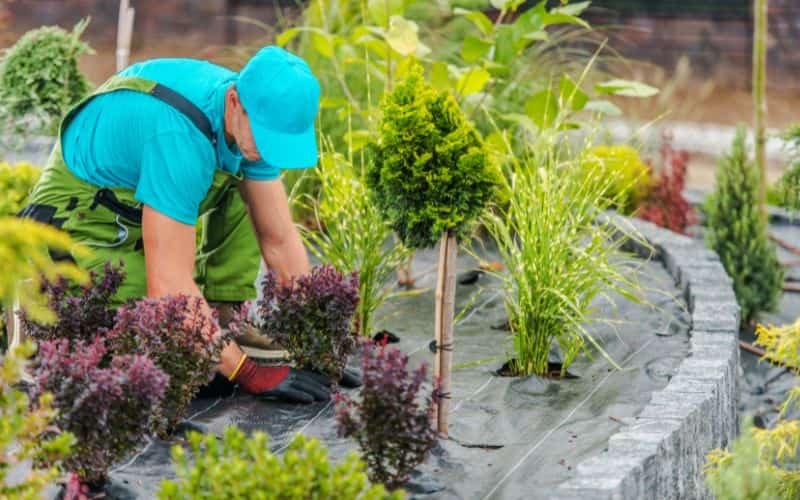Whether you are looking for an arborist or tree service professional, you will want to consider several factors before making a final decision. These factors will help you choose a tree service professional that is right for your needs.
ISA Certified Arborists
ISA Certified Arborists and Tree Service Professionals like Top Tree Services provide a wide range of services, from tree pruning to emergency storm damage removal. These tree care experts will ensure the long-term health of your trees.
They will help you to identify any potential problems and develop a plan for the care of your trees. ISA Certified Arborists and Tree Service Professionals are trained to use the latest techniques to keep your trees healthy and beautiful.
In order to become an ISA Certified Arborist, you must pass a comprehensive exam. This exam tests your knowledge of tree biology, soil-water relations, pruning, bracing, and cabling. It also covers problem diagnosis, preservation, and planting.
In order to maintain certification, arborists must continue their education. They must also adhere to a strict code of ethics. You can find out more about ISA Certification by visiting the ISA website.
If you hire an ISA Certified Arborist and Tree Service Professional, you can be assured of a job done right. They will identify potential problems before they become severe, and recommend the best action to prevent them.
Tree Care Industry Association (TCIA) member companies
Choosing an arborist or tree service professional requires careful scrutiny. In addition to the standard credentials, you may also want to check with your city hall, the Better Business Bureau, and other professional organizations.
There are a number of reasons to choose a tree care professional or arborist who is a member of the Tree Care Industry Association (TCIA). TCIA members offer certification and training programs, conferences, and publications, and have access to the most up-to-date information on tree care practices.
TCIA is a trade association that represents thousands of tree care companies worldwide. It provides tools and resources to help businesses grow and increase profits, as well as stay ahead of regulatory issues.
TCIA also hosts a trade show called the TCI EXPO. In addition to developing safety programs and standards for tree care practices, TCIA also helps tree care companies become TCIA accredited.
To become a TCIA-accredited company, a company must meet rigorous standards involving professionalism, customer service, employee training, and tree care practices. A TCIA-accredited company is evaluated every year to ensure that they are keeping up with TCIA standards.
Cost of hiring a tree service company
Getting your tree serviced can be a daunting task. There are many different factors that can impact the cost. This includes the size, health and location of the tree. You will also need to consider the services provided.
Trees have many uses. They provide shade, attract birds and wildlife and increase the value of your property. A professional tree service will ensure that your tree stays healthy and looks great for many years to come. Having your trees pruned or trimmed on a regular basis can also add years to the life of your trees.
The cost of a tree service can range from a few hundred dollars to several thousand dollars depending on the size, height, health and location of the tree. The best way to determine the cost of a service is to ask for quotes and to investigate what the company does.
A tree service may include stump removal, tree cutting and other related services. A company may also charge a travel fee.
Do arborists use spikes to climb trees?
Using climbing spikes to prune a tree is dangerous and may result in the death of the tree. The cambium, a living tissue beneath the bark, is damaged and dies. This causes the tree to become more vulnerable to infection. Wood-boring beetles, which feed on the dying trees, enter through the open wounds. The beetles feed on the chemical signals released by damaged trees.
Spikes also carry disease organisms from dead trees. The spikes must be cleaned with alcohol after every use to prevent the transfer of disease. The spikes also create holes that allow the entry of wood decay organisms.
Climbers who use spikes to climb trees can be in a hurry. They are not trained to climb without spikes. This can result in hundreds of injuries to the tree.
Climbing spikes can also leave holes for insect infestations and diseases. The sap from the wounds often oozes, leaving ugly streaks of discolored bark.
Spikes can also pierce the cambium, the living tissue beneath the bark. When they puncture the cambium, the tree becomes more vulnerable to infection. This is why responsible arborists only use spikes in extraordinary circumstances.
